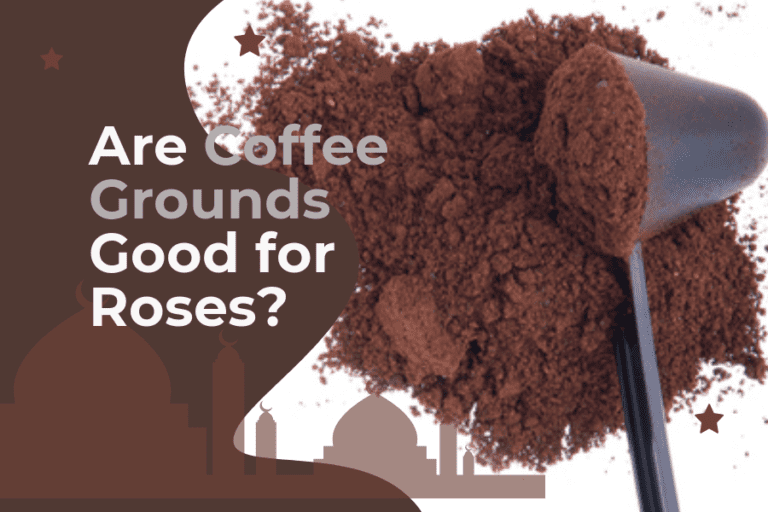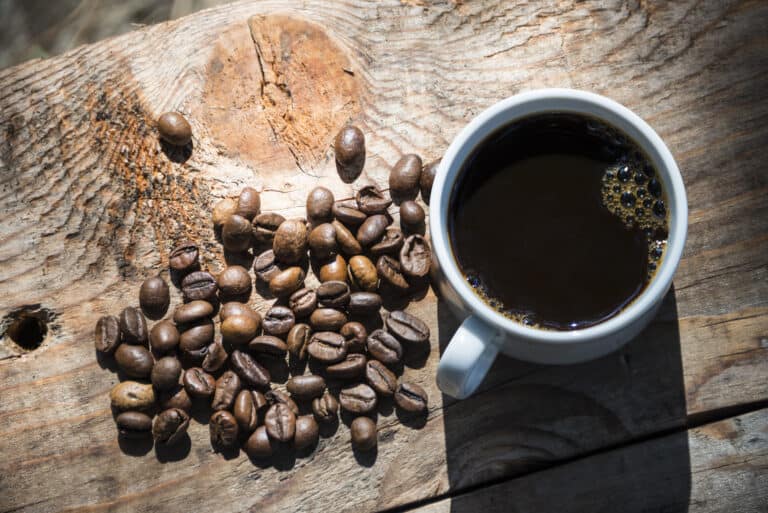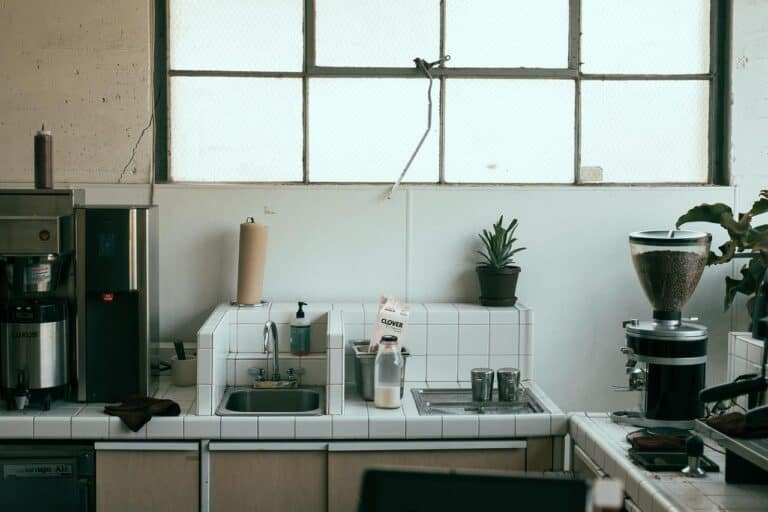can you eat coffee grounds?
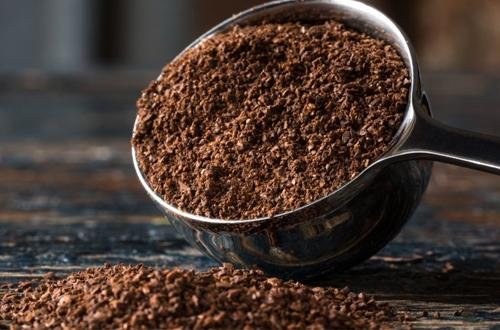
When you see the word “grade”, it might automatically make you think about how much of something is in the substance. An example of this might be if you were to see a jar of coffee grounds.
Your mind might automatically assume that there is not very much in the jar because it says “Grade A” or something similar.
This is because there is a lot of value associated with high-quality materials.
In this article, we will talk about why and what you can do with old or used coffee grounds that have passed their peak in quality as well as how to use old coffee grounds rather than throw them away.
What is “grade” and why does it matter?
You might be asking yourself why we need to know the quality of something. We all know coffee has been around for a long time and that it is a necessity.
One thing that we don’t think about is how much value there is in high-quality ingredients. In coffee, for example, there are two different grades: A and B.
Grade A coffee comes from beans that have been harvested at peak ripeness and then roasted to perfection so that they are very flavorful.
On the other hand, Grade B coffee comes from beans that have not been harvested at peak ripeness and then roasted improperly so that the flavor is weak and does not last.
When you buy something with a grade on it such as an apple or orange, you can tell when the product was picked based on its color, shape, size, and maturity.
For example, if you see an apple with red stripes on it, this means it was picked before the fruit started to turn red.
This means it was picked when they were ripe and this makes them more flavorful than an apple picked later on in its life span because they will have less sugar which can make them taste sour or tart.
For oranges, this would mean that they are less acidic than oranges picked later in their life span which means they will be sweeter and more flavorful than oranges picked late in their life span because of their tartness.
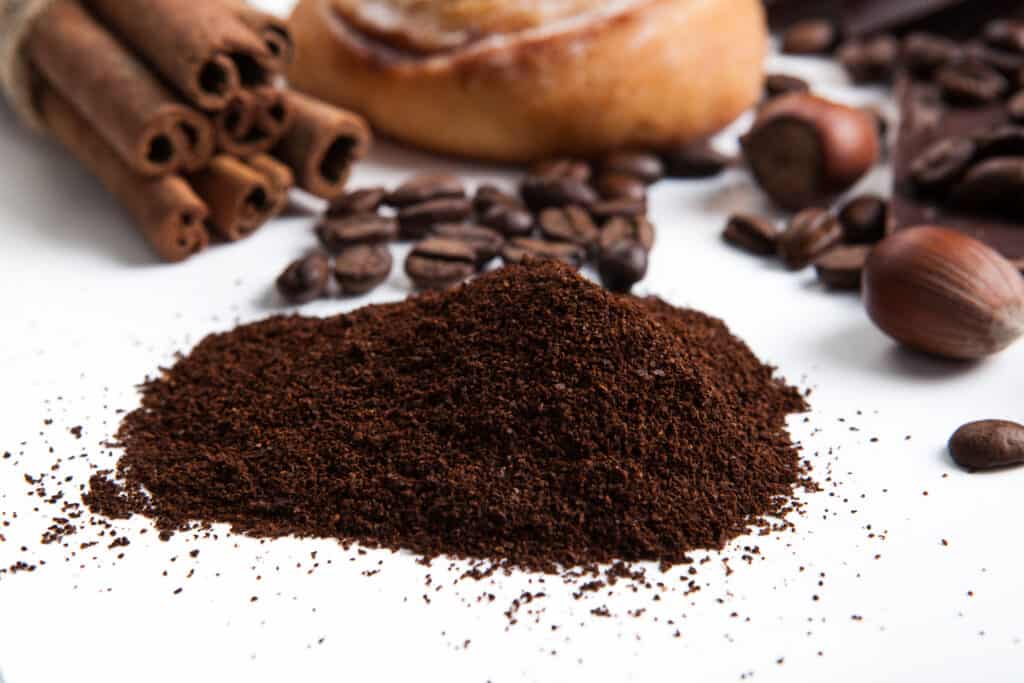
Coffee Grounds: An In-Depth Look
The high-quality coffee grounds are generally discarded in some way. What if that something was reused as a health supplement?
A new study has found that coffee grounds may serve as a good source of calcium, iron, and magnesium, according to research published on The Journal of Food Science.
In the study, researchers looked at various samples (e.g., coffee grounds, oatmeal, and soybean flour) and found a significant amount of the minerals for those ingredients in the ground material.
Even if you are not interested in using old coffee grounds for nutritional purposes, it is always best practice to use them up rather than waste them.
One way to do this is by composting them.
Coffee grounds act as a great fertilizer for plants because they have nitrogen and phosphorous.
It also helps make plants stronger by giving them calcium, which is essential for plant growth.
Which Grounds Should You Keep?
The quality of the grounds is determined by how much caffeine is in the coffee.
This is because coffee grounds have caffeine in them and this will vary depending on the beans used.
In general, the higher quality of the beans, the higher quality of your cup of coffee will be. You can also use some good coffee grounds to create a compost pile that you can use to fertilize your garden.
Coffee grounds can be used as a natural way to cleanse hair and skin. They really do wonders for your skin when you use them in a mask or scrub.
To make this work, all you need to do is mix up equal parts ground coffee with an equal part coconut oil and then apply it directly to your skin or hair. You can also mix it with water if you’re not into using oil on your face or hair.
For example, if you wanted to make a facial scrub for yourself, you would simply put one part coconut oil, one part ground coffee, and one part sugar in a bowl and then add enough water so that it forms a paste-like consistency.
Apply this paste directly to your skin two times daily and enjoy beautiful skin! If you want to preserve old or used coffee grounds, try putting them in an airtight container such as mason jars.
Alternatively, they could be frozen if they were bought at the store rather than brewing at home but are no longer fresh enough for consumption.
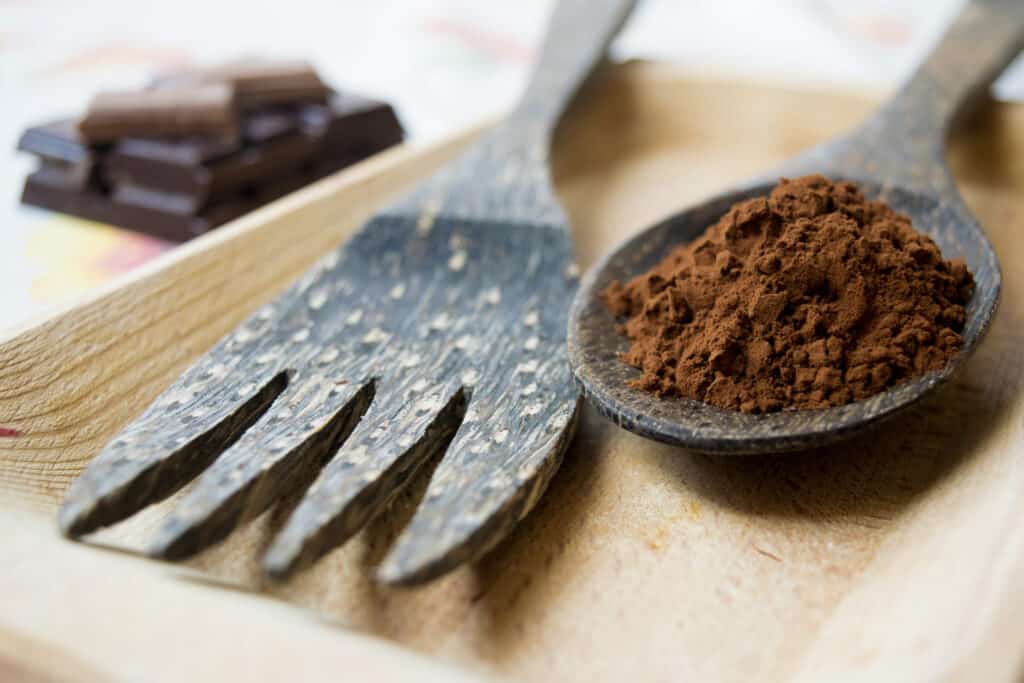
Benefits of Using Coffee Grounds
In order to use coffee grounds, you have to be willing to invest in them. Coffee grounds are a great way to reuse the waste that comes with buying coffee for your daily routine.
Coffee grounds can also be utilized for fertilizing certain plants and flowers. Using old or used coffee grounds can also help save on your grocery bills by using less fresh beans when cooking.
Furthermore, there are many health benefits of using old or used coffee grounds in your diet. When you consume this substance, it helps balance out your blood sugar levels because it is a natural source of fiber and antioxidants.
The article even goes on to say that studies have shown that people who drink three cups of caffeinated coffee per day were one-half as likely to develop type 2 diabetes over a 12-year period than those who did not drink any at all.
And if we’re talking about health benefits, old or used coffee grounds can be an excellent source of magnesium that is essential for calming anxiety and boosting memory retention.
Plus, they are an excellent source of iron which is super important for the body’s ability to produce red blood cells.
Disadvantages of Using Coffee Grounds
There are a few disadvantages of using coffee grounds. One of the major disadvantages is that coffee grounds tend to make dishes slimy or have an unappealing texture.
It also sticks to equipment, causing it to be less efficient. Another disadvantage is that old coffee grounds are often too weak for some purposes, such as making espresso shots.
Old coffee grounds might not have the necessary amount of caffeine and flavor in them for strong espresso shots, which means you would need to use cold water or milk with your espresso shots.
Lastly, old coffee grounds can have many other kinds of contaminants in them like pesticides and herbicides.
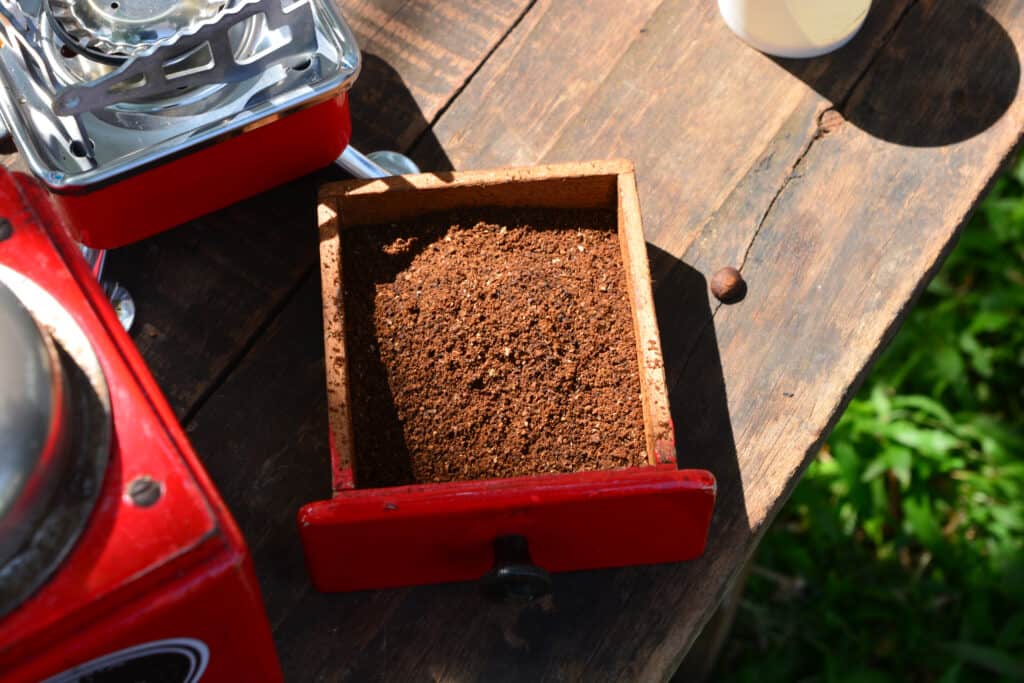
Conclusion
Coffee is a drink loved by many people. To enjoy it to the fullest, it is important to know what you are drinking. Coffee grounds are a by-product of coffee production.
These grounds are not consumed, but they can be used in many different ways. They can be composted or put in the garden.
Coffee grounds can also be used in a compost bin as a fertilizer or can be used as mulch.
FAQs
What are the benefits of using old coffee grounds?
Coffee grounds are an amazing thing! They are full of healthy minerals and antioxidants, as well as vitamins and nutrients.
There are all kinds of great uses for them (like in the following recipes), but first, let’s look at some of the benefits. Health Benefits Of Coffee Grounds: Coffee grounds contain minerals such as sodium, phosphorous, calcium, and potassium.
They also contain chlorogenic acid, which helps to balance blood sugar. This is important because high blood sugar can lead to type 2 diabetes.
Coffee grounds are packed with antioxidants that can help protect your body against free radicals and inflammation.
They can also help remove toxins from your body and improve your digestion.
How do you use old coffee grounds?
Used coffee grounds are a valuable resource that can be used for a number of different things.
As previously mentioned, they can be used as an environmentally friendly fertilizer. Used coffee grounds can also be used to help clean your drains and the environment around your home.
They can also be combined with sand to create a mixture that is great for wading plants. Used coffee grounds are also a great ingredient to add to compost tea.
Compost tea can be used indoors and outdoors as a cleaning agent. It can also be used in the garden to help rid plants of disease and pests as well as to boost the health of garden soil and plants.

